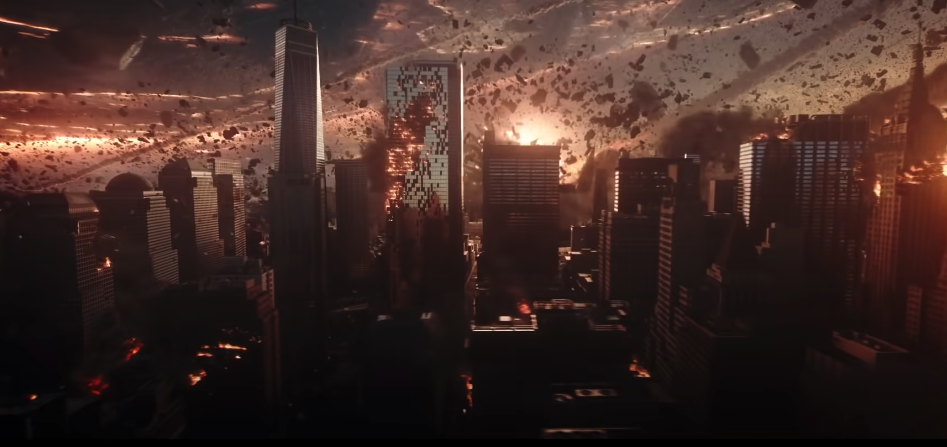
Independence Day director Roland Emmerich returns this week with his latest onslaught of apocalyptic carnage, Moonfall. When the Moon's orbit is thrown off course due to an alien presence, Earth's gravity starts to go haywire, prompting an unlikely group of heroes to travel into space and save the day.
Patrick Wilson (The Conjuring), Halle Berry (John Wick) and John Bradley (Game of Thrones) play our plucky planet-savers, but really, we're here to watch Emmerich play in his destructive sandbox. With its scenes of gravity waves levelling entire cities, there are clear nods to Emmerich's extravagantly staged back catalogue. On that note, we've rounded up several of the director's most awesomely destructive sequences to get you primed for Moonfall.
1. The battle against Ra's forces – Stargate (1994)
Emmerich's breakout film cemented his partnership with writer/producer Dean Devlin, with whom he would collaborate on the likes of Independence Day. The cheesily enjoyable Stargate gains a lot of mileage from its gleeful mixture of neo-futuristic technology and Ancient Egyptian aesthetic, criss-crossing the contemporary and the historical to visually arresting effect. In terms of character and plot, it's fairly boilerplate with James Spader's scientist and Kurt Russell's soldier forced to battle their evil nemesis, Ra. Playing the merciless Egyptian god is the striking and memorable Jaye Davidson, best known for The Crying Game, and the climactic battle with Ra's forces, spanning a pitched battle in the desert and a one-on-one confrontation inside a pyramid, is ambitiously staged.
2. The White House explodes – Independence Day (1996)
Emmerich's most successful movie gave rise to one of blockbuster cinema's most famous images: that of The White House being reduced to smithereens by ruthless alien invaders. Independence Day resurrected the enjoyable cornball spirit of 1950s sci-fi B-movies but melded it with breakthroughs in special and practical effects technology. The result is a movie that's knowingly silly and humourous, but also staggeringly well-mounted, while also benefiting from sly performances from the likes of Will Smith and Jeff Goldblum. The initial attack sequence, anticipated by the tense build-up of David Arnold's fantastic score, still packs an astonishing punch, possessed of the sort of tangible, destructive reality that CGI effects simply can't buy.
3. Godzilla flees the helicopters – Godzilla (1998)
What goes up must come down – and that extends to the reputation of film directors. Flying high after the blockbuster success of Independence Day, the biggest commercial hit of its year, Emmerich came unstuck with his tacky, overbearing take on Toho Studios icon Godzilla. Unlike the former movie, this creature feature epic was forced to rely on the kind of CG effects that were becoming standardized in Hollywood at the time – how else to depict an oversized bipedal lizard tearing through downtown Manhattan? For all the movie's faults, and there are many, there's also a lot to enjoy (again, take a bow composer David Arnold), and the sequence where Godzilla flees the Army attack helicopters is still entertaining in a dumb, overkill kind of way.
4. Martin vs Tavington on the battlefield – The Patriot (2000)
Jason Isaacs is considerably more evil in Emmerich's wildly inaccurate American Civil War movie than he was in any of the Harry Potter films. The Patriot sends Mel Gibson's rebel farmer Benjamin Martin on a collision course with the English redcoats after the vicious Colonel Tavington (Isaacs) executes one of his sons. There's no room for subtlety, and even less room for historical fidelity, when you can have the reliably raving Gibson go head to head with one of the most hateful, sneering villains in recent years. Compounding the operatically simplistic sense of good vs evil is the fact that their conflict takes place in the midst of the real-life Battle of Cowpens – even so, it's appreciably destructive, not to mention very satisfying, when Isaacs meets his maker.
5. The tidal wave destroys New York – The Day After Tomorrow (2004)
Emmerich clearly has it in for the Big Apple. Returning to the kind of Earth-levelling destruction that was showcased in Independence Day, The Day After Tomorrow launches a spectacular volley of natural disasters on our planet, all vaguely hooked on some scientific mumbo-jumbo spouted by Dennis Quaid's scientist character. Whatever – we're here to see the filmmaker do what he does best, and it doesn't get better than a gigantic tsunami roaring its way into New York. Fortunately, all Jake Gyllenhaal's bookish nerd has to do is run into the public library to escape the 100-foot wall of water. Figure that one out. And don't get us started on the climactic deep freeze that's fended off by burning books in a fireplace. Brawn, not brains, is the order of the day.
6. Yellowstone erupts – 2012 (2009)
Having destroyed our planet not once but twice in his career, Emmerich outdid himself in 2012, suggesting what would happen if the Earth's crust started to undergo monumental seismic change. Once again, it's a flimsy premise that allows him to uncork all manner of gloriously destructive set-pieces, this time largely accomplished with CGI as opposed to models and forced perspective. A disparate group of characters must survive an onslaught of deadly volcanic activity including the long-feared eruption of the caldera that makes up Yellowstone National Park in the USA. Yes, that last part is true – here's hoping the movie's actualization of such events doesn't become a reality.
7. London has fallen – Independence Day: Resurgence (2016)
Independence Day filtered an alien invasion through the prism of a select group of characters, and by focusing on a handful of American locations, implicitly suggested the destruction occurring throughout the planet. In the years since Independence Day was released, Hollywood has become much more reliant on CGI as a tool to expand scenes of global devastation, and the sequel, Resurgence, is no different. It owes more to Emmerich's previous movie 2012, often coming off as weightless and intangible compared to the genuine heft and physical terror of the first Independence Day. Nevertheless, the idea of an anti-gravity spaceship hoovering up London's landmarks is a memorable image, and it gains added value from returning star Jeff Goldblum's dry observations.
8. The battle of Midway – Midway (2019)
Emmerich returned to the realm of historical fact in his Midway movie, presumably because he was running out of fantastical ways to destroy the Earth. In this account of the pivotal World War II battle, a disparate group of Allied American pilots is set against the Japanese Axis forces, and in so doing they help to turn the tide of the wider conflict known as the Pacific Theatre. Despite Emmerich's reputation for bombast, many aspects of Midway were praised by veterans for their historical accuracy. In fact, Naval History and Heritage Command director and retired Navy Rear Admiral Sam Cox said: "Despite some of the 'Hollywood' aspects, this is still the most realistic movie about naval combat ever made."
Don't forget that Roland Emmerich's new movie Moonfall is your Cineworld Unlimited screening on Wednesday 2nd February. The film goes on general release in Cineworld from Friday 4th February. Got a favourite Roland Emmerich scene you'd like to share with us? Let us know @Cineworld.
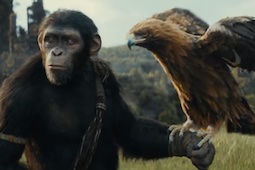
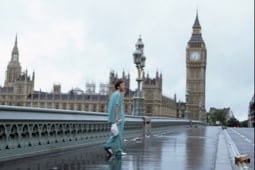
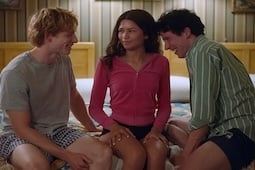
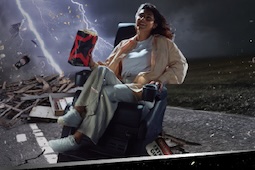

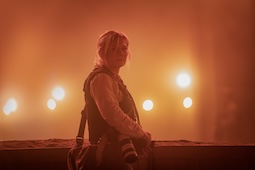



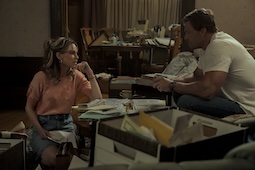
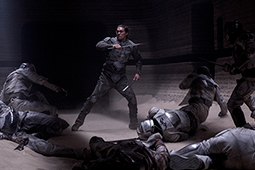
.jpg)


.jpg)
.png)






